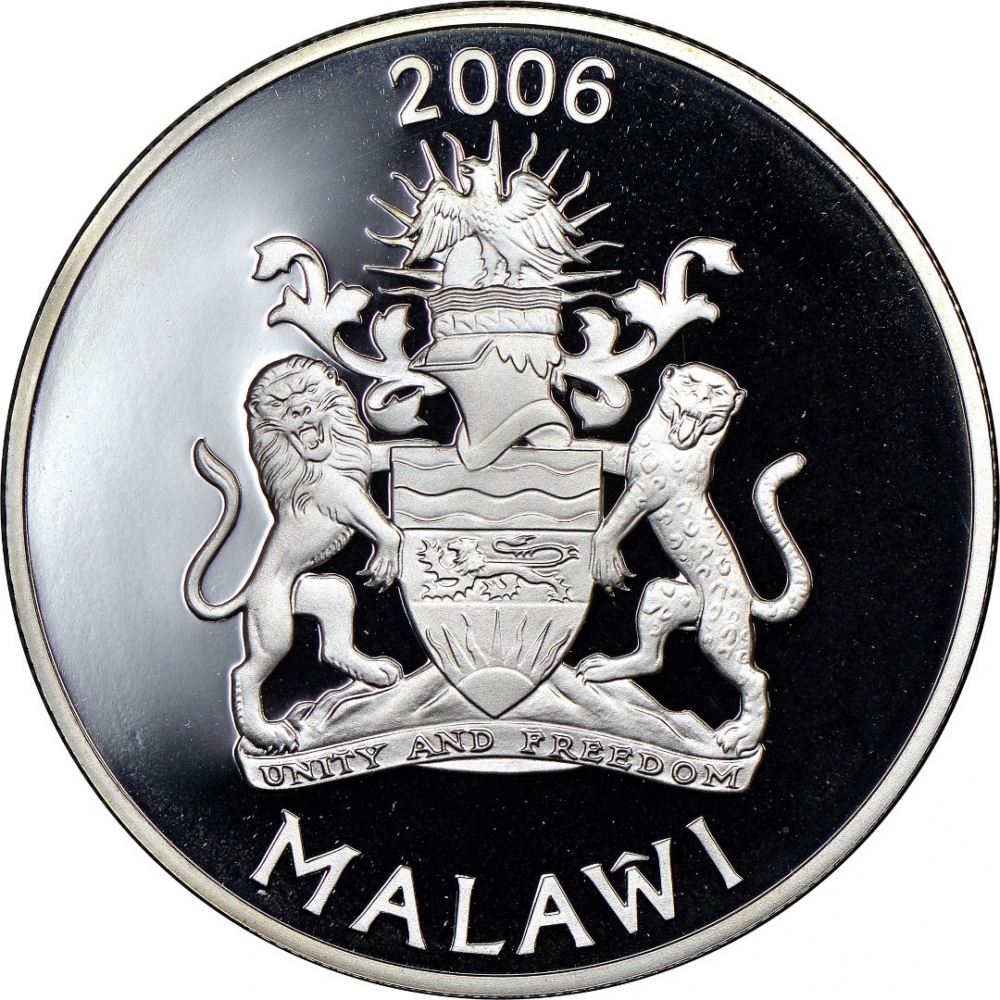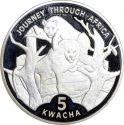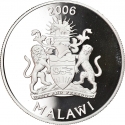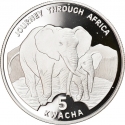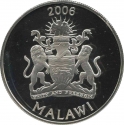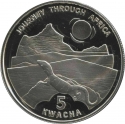You are about to finish your registration. Please check your mailbox (including spam folder). There should be a letter with a confirmation link. Check setting to make sure that your e-mail address is correct.
Send letter againDescription
Victoria Falls, also known as Mosi-oa-Tunya ("Thundering Smoke"), is one of the world's largest waterfalls, located on the Zambezi River between Zambia and Zimbabwe. With a width of 1,708 meters (5,604 feet), it creates the largest sheet of falling water. Known to locals for centuries, it was officially named by Scottish missionary David Livingstone in 1855 after Queen Victoria. The site has since become a major tourist attraction, with national parks on both sides of the falls. Research suggests that climate change could impact its flow patterns due to variability in precipitation.
The falls are formed as the Zambezi River plunges into a basalt chasm, creating a vertical drop of up to 108 meters (354 feet) into what is called the First Gorge. Several islands divide the water flow, with the Devil’s Cataract and Rainbow Falls among the main sections. During the rainy season, the falls produce a visible spray that can rise over 400 meters (1,300 feet), while in the dry season, parts of the rocky face are exposed.
Obverse

|
Depicts the coat of arms of Malawi, date above and country name in Chichewa below. 2006 |
|---|---|
Reverse

|
Depicts a multicolored Bradfield's hornbill on a tree branch in front of the "Devil's Pool", denomination below. JOURNEY THROUGH AFRICA |
| Edge |
5 Kwacha
Republic
Journey Through Africa
Victoria Falls
Subscribe series
KM# 166
Journey Through Africa
Victoria Falls
